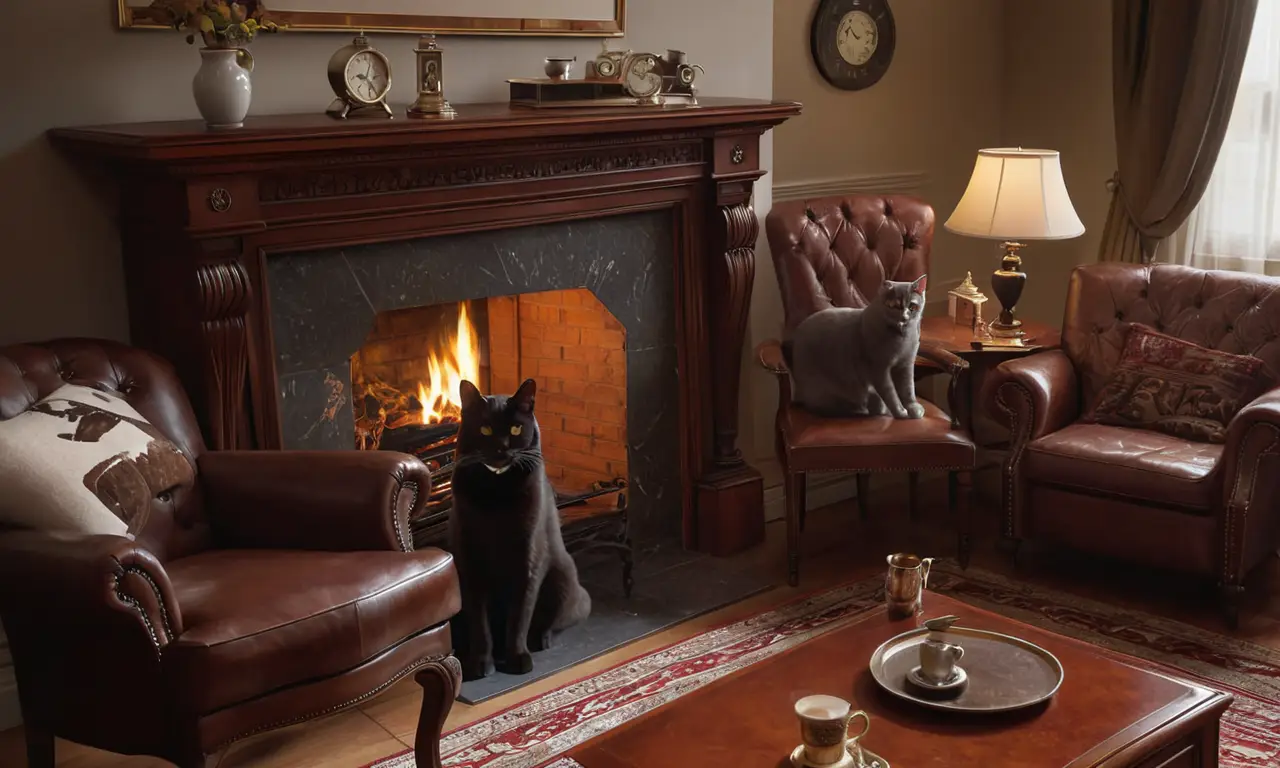
In today’s world, furniture often represents significant investments. From stylish sofas to handcrafted dining tables, these pieces add value and personality to our homes. However, accidents happen, and unexpected damage can occur, leaving you with costly repair or replacement bills. This is where furniture protection plans come into play. These plans offer a safety net, safeguarding your valuable furniture against unforeseen events and providing peace of mind.
This article will delve into the world of furniture protection plans, exploring their benefits, types of coverage offered, factors to consider when choosing a plan, and ultimately helping you determine if are furniture protection plans worth it for your specific needs.
Furniture Protection Plans Benefits
Furniture protection plans offer a range of benefits that can be invaluable in protecting your investments.
- Financial Protection: One of the primary advantages is financial security. These plans help mitigate the financial burden associated with unexpected damage or repairs. By paying a relatively small monthly or annual fee, you can avoid potentially hefty repair or replacement costs.
- Peace of Mind: Knowing that your furniture is protected against accidental damage provides significant peace of mind. You can relax and enjoy your home without constantly worrying about spills, scratches, or other incidents.
- Convenience: Filing a claim under a furniture protection plan is typically a straightforward process. Most plans offer hassle-free claims procedures, simplifying the repair or replacement process.
Types of Coverage Offered

Furniture protection plans typically cover a wide range of damages and incidents, providing comprehensive protection for your furniture.
- Accidental Damage: This coverage protects against accidental spills, stains, tears, punctures, rips, burns, and other unforeseen events that can damage your furniture.
- Wear and Tear: Some plans extend coverage to normal wear and tear over time. This can include fading, discoloration, or minor scratches that occur through regular use.
- Mechanical Breakdown: Certain plans may also cover mechanical breakdowns of furniture components, such as broken springs, loose joints, or malfunctioning mechanisms.
Specific Coverage Examples:
- Sofa Protection: Coverage for accidental spills on fabric upholstery, tears in seams, and damage to cushions.
- Table Protection: Protection against scratches, burns, and cracks on tabletop surfaces.
- Chair Protection: Coverage for rips in fabric or leather upholstery, broken legs, and loose joints.
Factors to Consider When Choosing a Plan
When evaluating furniture protection plans, several factors should be taken into account to ensure you select the most suitable option for your needs.
Value of Your Furniture: The value of your furniture plays a crucial role in determining the level of coverage you require. Higher-value pieces may warrant more comprehensive protection.
Lifestyle Habits and Risk Assessment: Consider your lifestyle habits and the potential risks associated with your home environment. If you have young children or pets, or if you frequently entertain guests, you may benefit from a plan with broader coverage.
- Plan Terms and Conditions: Carefully review the terms and conditions of each plan, paying attention to exclusions, limitations, deductibles, and claim procedures.
Value of Your Furniture

The value of your furniture is a key factor in determining the level of protection you need. High-value pieces, such as antique or custom-made furniture, may require more comprehensive coverage than mass-produced items. Consider factors like:
- Purchase Price: The original purchase price can serve as a starting point for assessing the value of your furniture.
- Age and Condition: Older or vintage furniture often appreciates in value over time, while newer pieces may depreciate.
- Materials and Craftsmanship: Furniture made from high-quality materials and with intricate craftsmanship typically holds greater value.
Lifestyle Habits and Risk Assessment
Your lifestyle habits and the potential risks associated with your home environment can significantly influence the type of furniture protection plan you need.
- Children and Pets: Young children and pets are more prone to accidents, increasing the likelihood of spills, scratches, or other damage to furniture.
Entertainment Habits: If you frequently host parties or gatherings, there is a higher chance of accidental damage occurring.
Home Environment: Consider factors like foot traffic, humidity levels, and exposure to sunlight, which can affect the durability of your furniture.
Conclusion
Furniture protection plans offer a valuable way to safeguard your investments against unexpected damage and wear and tear. By carefully considering the benefits, types of coverage offered, factors to consider when choosing a plan, and the value of your furniture, you can make an informed decision about whether are furniture protection plans worth it for your specific needs. Ultimately, these plans provide peace of mind and financial security, allowing you to enjoy your furniture without constant worry.
